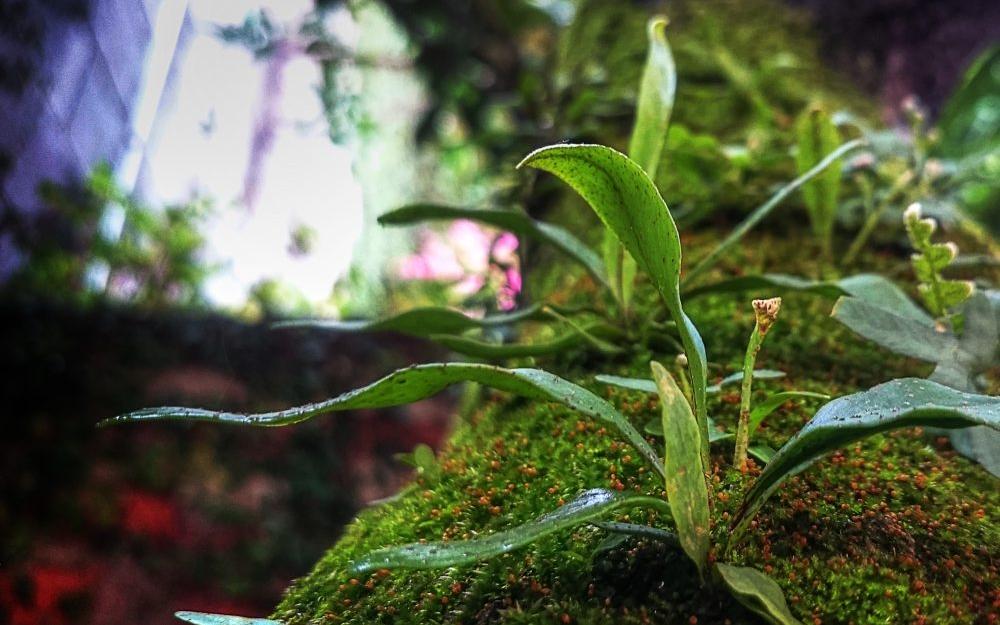New Software Tool Simulates and Optimizes For Eco-Friendly and Economical Bio Harvest
It’s an indelible image on the prairies…soft morning or evening light on a red-winged blackbird perched on a cattail (bulrush). It’s otherwise easy to not think much about one of the most common plants in ponds, lakes, rivers, and ditches.
It’s been said that if a lost person has found cattails, they have four of the five things they need to survive: water, food, shelter, and a source of fuel for heat in the dry old stalks. The only thing a cattail can’t provide is companionship (Src: http://www.eattheweeds.com/cattails-a-survival-dinner/).
A root vegetable. Cooking oil. A WWII stuffing for life belts and aviation jackets. Moccasin lining. A critical producer within food chains. Wallboard insulator. Fire tinder. Erosion preventer. More edible starch per acre than any green plant. The ability to grow faster than fertilized corn in a field.
Nature’s jack of all trades can also play a key role in water quality improvement, and bio energy production with associated climate change benefits. As a high absorber of phosphorous, cattails can proactively address the negative effects of water eco-system eutrophication (algal blooms, hypoxia) generated by detergent/fertilizer/sewage/natural source run-off. Biofuel harvest from both conventional sources like agricultural residue, and non-conventional sources like cattails, can be converted into pellets or used in the production of ethanol – substituting for non-renewable energy sources.
A recent TRTech project conducted in collaboration with the International Institute for Sustainable Development (IISD – http://www.iisd.org/) has developed software to simulate and optimize a biofuel harvest.
Jeff Diamond, R&D Manager, TRTech describes development of a decision support system for biomass supply chains as a key means to demonstrate feasibility of a biomass supply chain, including estimation of overall supply and cost of feedstock at the plant gate. “Planning for logistics associated with biomass growth, harvest, collection, pre-treatment, storage, transport, and conversion to biofuel is complex. Since these measures depend upon the design and interaction of various processes and on spatial and temporal factors which need to be considered in the design of these processes, optimization models are required to ensure that the supply and cost estimates are based on optimal or at least efficient plans. In addition, there are a large number of data variables involved, with a complex set of interactions at various levels of aggregation, from strategic considerations such as facility planning, to tactical and operational considerations such as inventory planning and fleet management. Simulation therefore plays an important role in the planning process, and is able to capture the behavior of processes too complex for mathematical models.”
Ph.D. student Kamal Darchini has created a simulation tool, which estimates the cost (including environmental costs such as carbon output) of harvesting the biofuel and transporting it to roadside locations. Ph.D. student Chamara Devanarayana has created optimization software to determine, given a plant location, which locations and which crops should be harvested and how they should be stored and transported, in order to minimize the total cost of the harvest.
Combined into a decision support system, the simulation and optimization models explore scenarios that result in the most efficient solution to biomass supply chain logistical challenges.
The software will be incorporated into a web based tool, which can be used for planning and feasibility studies associated with biofuel in Manitoba. A second phase of the project will include enhancements and refinements to the model, including determination and incorporation of features to be identified in a workshop with potential users.
IISD cattail biomass initiative:
